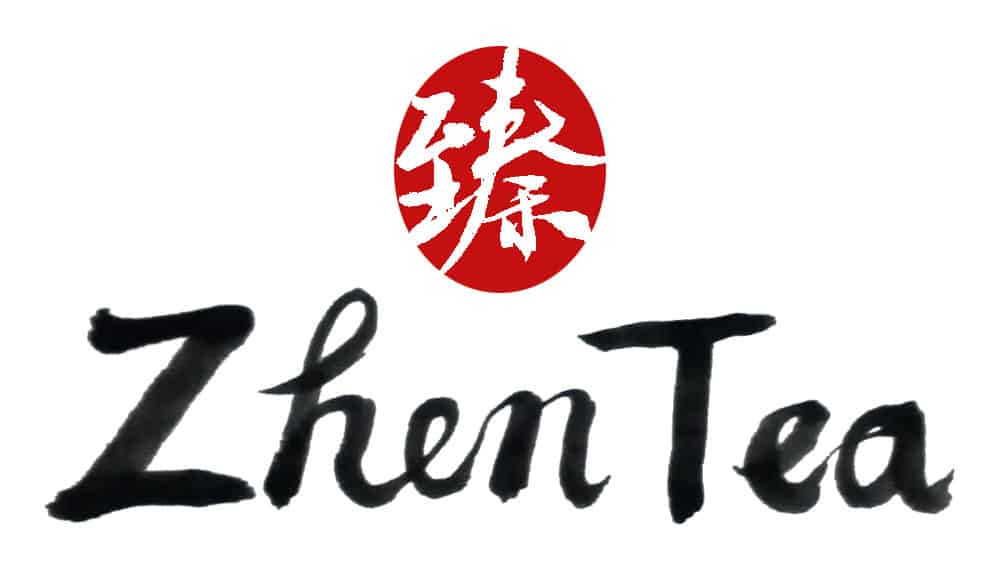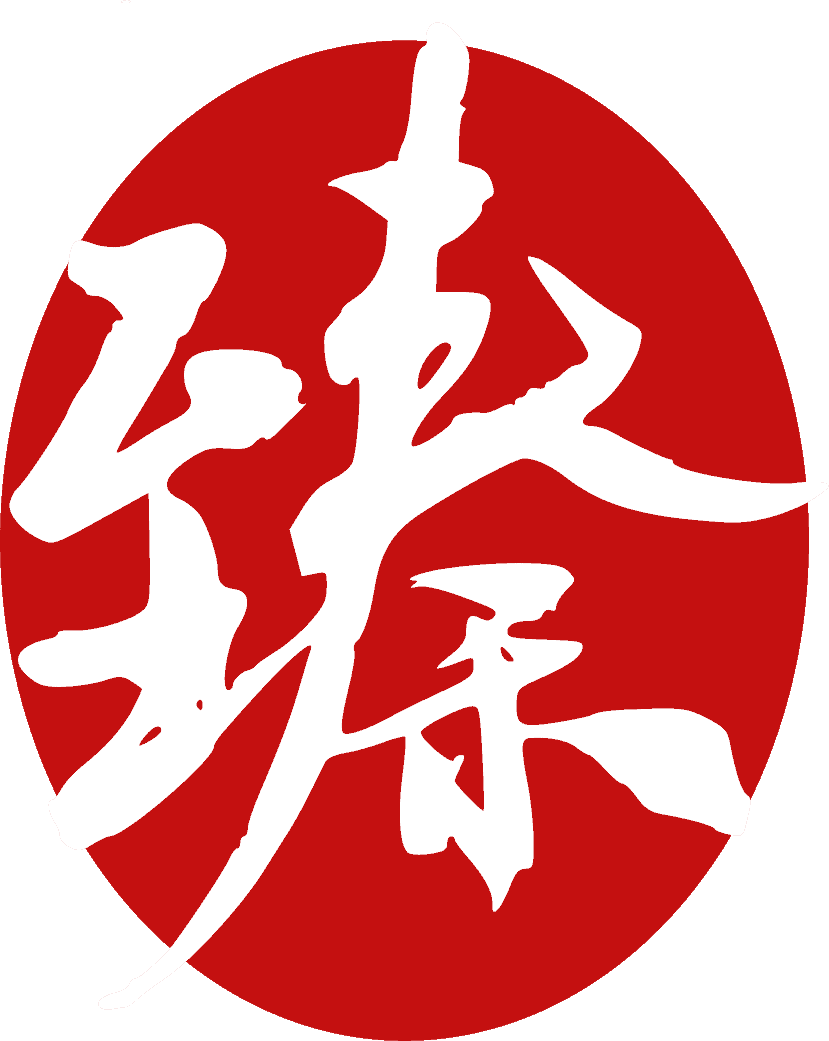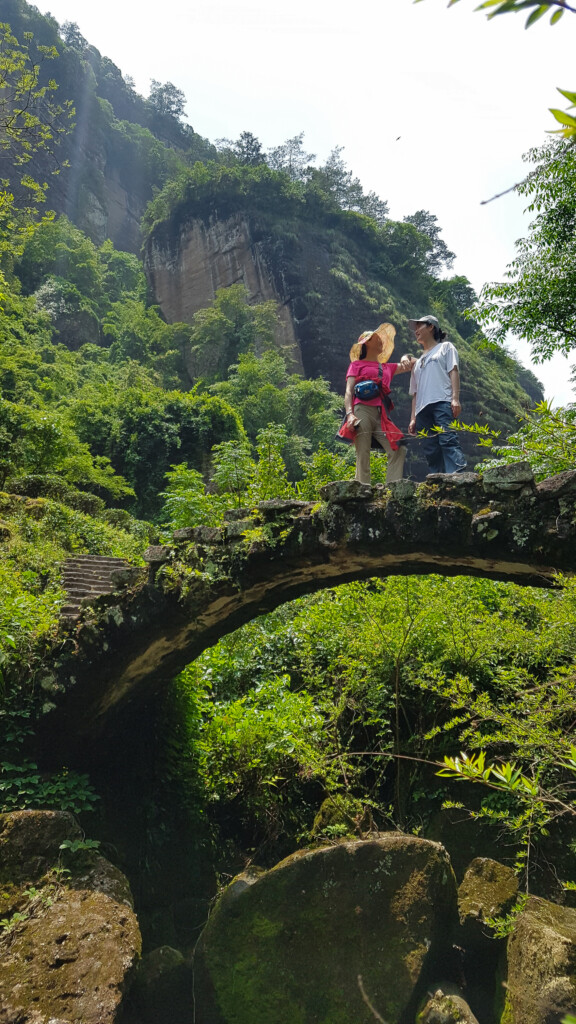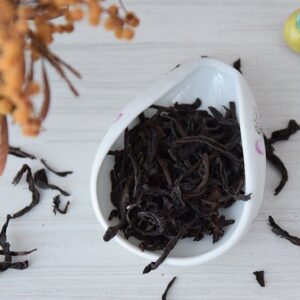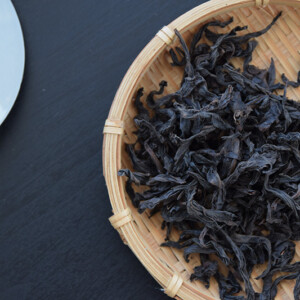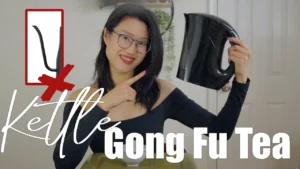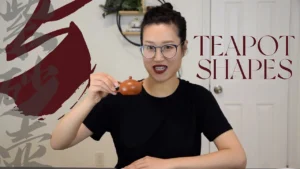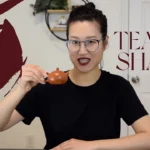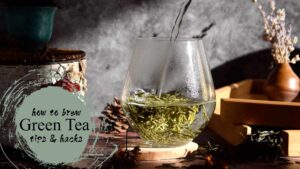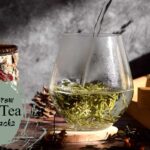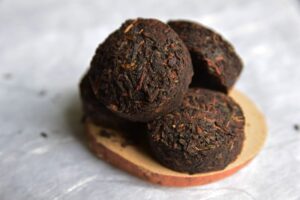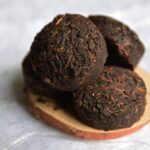Da Hong Pao is a name that resonates deeply with tea enthusiasts. Known as one of the most prestigious Chinese teas, its intricate history, and the buzz around its variants have made it a frequent topic of discussion and inquiry. In this article, we’ll be unlocking the Mysteries of Da Hong Pao Tea, delving into the lesser-known stories about it, and addressing some of the pressing questions surrounding it.
1. The Origin and Legacy of Da Hong Pao
Hailing from the picturesque Wuyi mountains in Fujian Province, Da Hong Pao belongs to the rock tea family. These teas have a distinct processing method and originate uniquely from the Wuyi mountains. The legends and tales that shroud Da Hong Pao have only added to its allure.
2. The Wuyi Strategy: Learning from Tie Guan Yin’s Success
It’s interesting to see how branding strategies can shape the identity of a product. The spectacular rise of Tie Guan Yin in the 1990s inspired Wuyi to adopt a similar strategy, pairing Da Hong Pao and Wuyi as closely as Anxi was with Tie Guan Yin. The idea was simple: all teas from Wuyi were named Da Hong Pao. This branding did wonders in etching Wuyi Da Hong Pao into the minds of tea lovers.
3. The Need for Standards: Clearing the Chaotic Market
Over time, the blanket branding led to confusion among consumers. Counterfeiting became a concern. In response, 2002 saw the release of the first Wuyi yancha National Standard, bringing clarity to definitions, processes, and even shipping and storage. Another significant standard was published in 2016, specifically for Da Hong Pao, officially recognizing its three types.
4. The Three Faces of Da Hong Pao
- Mu Shu Da Hong Pao: Refers to the original six plants growing on the Cliff Edge in Wuyi. Highly treasured and rarely plucked, they’re not available for public purchase.
- Chun Zhong Da Hong Pao: Derived from plants grafted from the original six, they’re rare and hence priced higher.
- Shang Pin Da Hong Pao: The commercial blend most commonly consumed. Contrary to misconceptions, being a blend doesn’t devalue it. But, it’s essential to note that this blend could have elements of other rock teas, like Shui Xian and Rou Gui.
5. The Art of Blending and Ensuring Quality
Blending is an age-old process, and its quality isn’t determined by whether it’s blended or not. It’s more about the ingredients and the process. Thus, even a pure Da Hong Pao doesn’t guarantee exceptional quality. The Chinese tea market is vast, and understanding its nuances can be challenging for the everyday tea lover.
6. The ZhenTea Promise: Best Value over Best Tea
At ZhenTea, our focus is on delivering value. Whether it’s the famous Da Hong Pao or any other tea, we ensure you get what you believe you’re purchasing. Sometimes that means not stocking a popular tea if it doesn’t meet our standards, such as Shifeng Long Jing, a sought-after green tea that is often mislabeled and overpriced.
In conclusion, while the allure of Da Hong Pao is undeniable, it’s essential to understand its history, types, and the intricacies that lie beneath its name. Hopefully, we’ve taken you a few steps closer to unlocking the mysteries of Da Hong Pao tea and as always, if you have questions about Da Hong Pao or any other tea, drop a comment below. And remember, the true essence of tea lies not just in its taste but also in its story. Happy steeping!
Dive into the World of Rock Tea
-
Lao Cong Shui Xian
$47.00 -
Shui Xian
Price range: $11.00 through $39.00 -
Wuyi Qi Lan
Price range: $16.00 through $59.00
